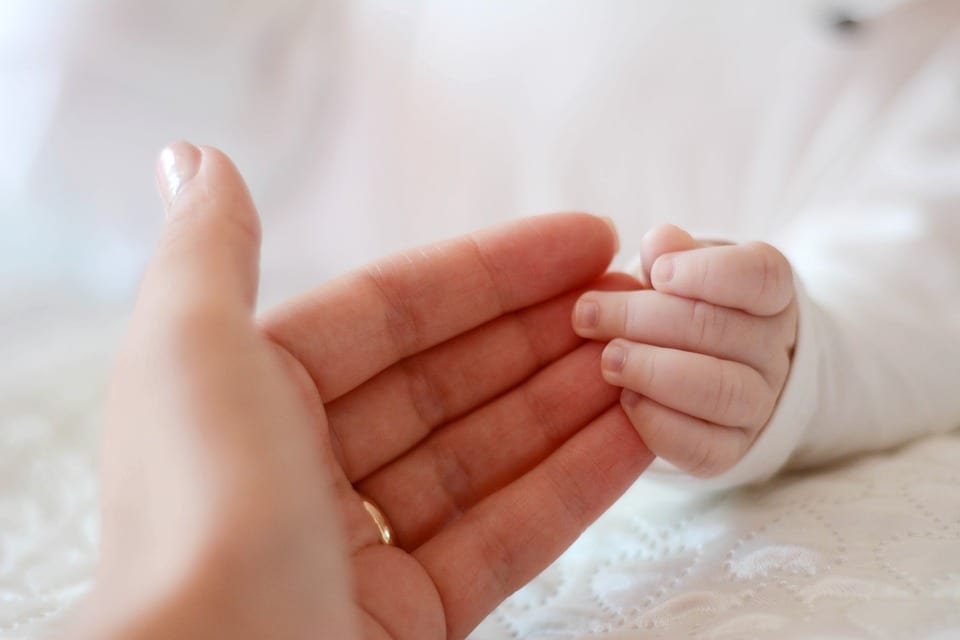Maternal mortality is rising in the United States, and comparing the spike in Texas with the dramatic reduction in California could tell us a lot about why.
A common measure of a country’s health and development is its maternal mortality rate, or how many of the women there die from causes related to pregnancy and childbirth. It’s one of the basic statistics listed in the CIA Factbook. The 2015 estimated world average is 216 maternal deaths per 100,000 live births, but these are not evenly distributed around the globe. Wealthy, developed nations tend towards a low estimated maternal mortality rate: Canada sits at 7 per 100,000. Sweden, Italy and Kuwait, 4 each. Finland and Poland at 3. On the other end of the spectrum sit Afghanistan at 396, South Sudan at 789, and poor Sierra Leone at a staggering 1,360 maternal deaths per 100,000 live births.
Here in the United States, the 2015 estimated maternal mortality rate was 14 per 100,000 live births. Taken at face value, this total is among the worst in the developed world. We’re sitting alongside countries like Saudi Arabia (12), Turkey (16), Uruguay and Bahrain (15), Oman (17), and Kazakhstan (14).
However, this number may be underestimating maternal deaths that haven’t been recorded properly. In 2003, a check box was added to death certificates to capture data about whether or not female decedents were pregnant at or around the time of their death. While recording this data has been helpful in gaining a greater understanding about the scope of maternal mortality, it has been inconsistently adopted by various states. Keep in mind that the United States hasn’t published official maternal mortality statistics since 2007.
Why is that?
According to a study published in Obstetrics & Gynecology, the maternal mortality rate in the United States has been on the rise since the 1990s and early 2000s, with a 26% increase between 2000 and 2014, where another estimate puts us at 24, not 14, deaths per 100,000 births. (It’s estimated that 700-900 American women died from a pregnancy or childbirth related cause in 2016.) While that alone is a reason to sit up and pay attention, there’s also an interesting pattern forming in the geography and reasons why these mothers are dying more frequently.
Around the United States as a whole, the trend for women to become mothers at a later age and in poorer health puts them at a greater risk for dangerous pregnancies and deadly outcomes. Maternal age, obesity, hypertension, diabetes, and recreational drug use are risk factors more common now than in our grandmothers’ day.
More women are also having C-sections when they’re medically unnecessary, whether for their own or their doctors’ convenience. Since more and more rural hospitals are closing or downsizing their maternity departments to save costs, scheduled C-sections are on the rise. Scarring from a prior C-section is a risk factor for placenta accreta, a condition that causes the placenta to grow out of control and embed in organs throughout the pelvic area. This is a potentially fatal condition, and bodes poorly for rural moms.
As with so many other issues, Texas and California are outliers.
Texas Has Highest Maternal Death Rate in Developed World, on the David Pakman Show
In Texas, maternal mortality spiked after 2010, doubling within two years. This was around the time that Texas lawmakers put forth a concerted effort to close women’s health clinics around the state. Economic inequality also plays an important role. Impoverished women are less likely to be able to afford adequate prenatal care, and remember, the same political party that wants to compel even the poorest women to give birth is also the one most likely to favor slashing the programs that could improve the outcomes for poor mothers and their children, such as the Medicaid expansion, SNAP, and WIC. Having no health insurance (or health insurance with such a high deductible that it’s practically useless) is a factor even for middle-class moms-to-be. The highest maternal mortality rates in Texas, as most other states, are among Hispanic and African American women.
California, on the other hand, is taking the problem of maternal mortality seriously. Stanford’s California Maternal Quality Care Collaborative (CMQCC) is a multi-disciplinary initiative that has been instrumental to California’s steady downward trend in maternal fatalities. Their mission has been concentrating on reducing preventable dangers, such as C-sections, and putting procedures in place to handle hemorrhage and preeclampsia, the two most preventable causes of death in childbirth. As a result, California has been bucking the American trend by saving more of its moms.
There’s one more contribution to the rise in maternal mortality in the United States, but since it’s cultural, fixing it means changing the way we think, which may be the hardest change of all. Here, we care a lot more about the baby than we do about the mother. Since babies have become the recipients of the qualities of purity and innocence that we used to attribute to women, they also receive the lion’s share of the medical attention at birth, and even of the funding set aside for maternal care. Medicaid coverage is limited for non-disabled, non-elderly adults that make more than $16,250 a year, with maternal coverage dropping off very shortly after birth, even as children remain covered.
Maybe, in the end, it’s just not as important to us to make sure as many of our moms live to care for their little ones as we’d like to think it is. Perhaps that’s why our maternal mortality rate is closer to countries like Saudi Arabia than to places like Finland. Remember that, the next time you hear male lawmakers making resentful noises about having to carry insurance policies that cover maternity, especially the ones who wrap themselves in a pro-life banner. Every one of these mothers matters.


Join the conversation!